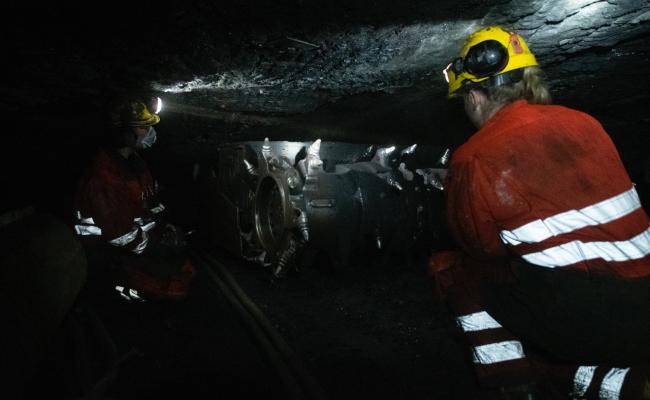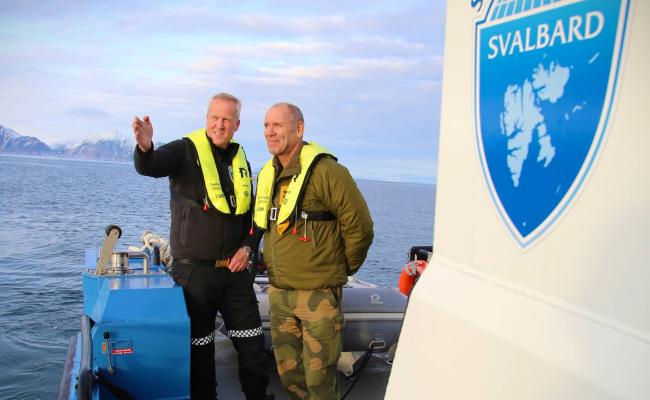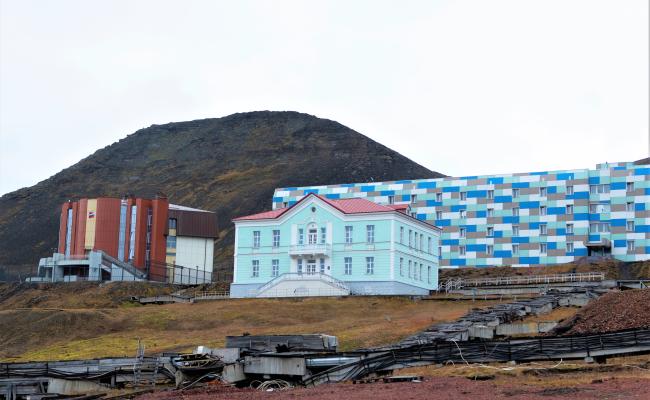A Challenging Year for Svalbard Tourism
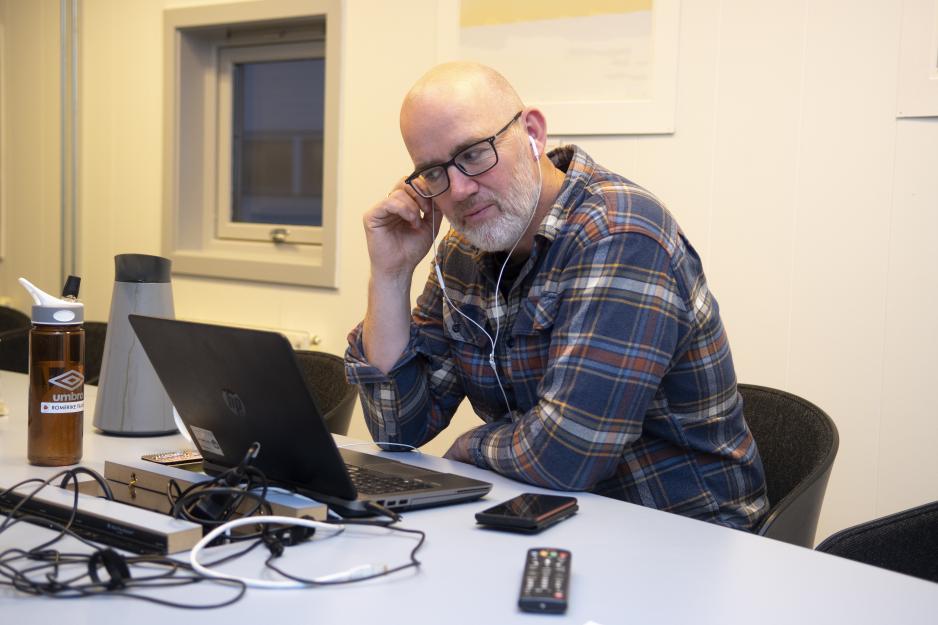
Ronny Brunvoll of Visit Svalbard. (Archive photo: Line Nagell Ylvisåker/High North News)
The Svalbard tourism industry leaves behind a challenging year of decreasing visitors, unclear regulatory processes, the climate crisis, and a war that is also affecting the Arctic.
A somewhat gloomy year slides into a similar future for Svalbard tourism. Visit Svalbard reports several challenges linked to decreasing visitors and unclear regulation processes from authorities.
In addition, the warfare in Ukraine is affecting local conditions. Not to mention the climate crisis, which the leader of Visit Svalbard, Ronny Brunvoll, believes will have a more significant impact on remote destinations, such as Svalbard.
What have been the greatest challenges for Svalbard tourism this past year?
"In the tourism industry of Longyearbyen, and largely also in other private businesses, the flight situation worries us," says Brunvoll, referring to high prices and few flights, among other things.
He is also worried about the drop in the number of guests in 2023.
Increased housing and energy costs are a potentially "deadly cocktail"
"At the same time, it is fair to point out that we have guests who are willing to pay, providing good turnover for activities, bars, restaurants, and stores. So, there is no crisis yet, and we are "on" to counteract it so the situation does not deteriorate further. Fortunately, analyses indicate that the attraction of Svalbard is not going down," the tourism leader explains.
Critical housing situation
Yet, the greatest challenges are connected to the critical energy and housing situation, which the Svalbard community has warned against for a long time.
"For private businesses, increased housing and energy costs can make up a potentially "deadly cocktail" of a cost spiral since private businesses must cover increased costs through their earnings, and private employees must cover the equivalent through their wages. Which in turn further contributes to the cost spiral," says Brunvoll.
He believes that precisely this is very serious for all private businesses.
The end of coal
"I realize that the new local council has taken over a tricky starting point, and I see that they are trying to handle the energy problems in particular as best they can. So we will see where it ends, in the short term and long term, both with the phasing in of renewable energy and with regard to national authorities' contributions to keep costs at a livable level for an isolated local community at 78 degrees north."
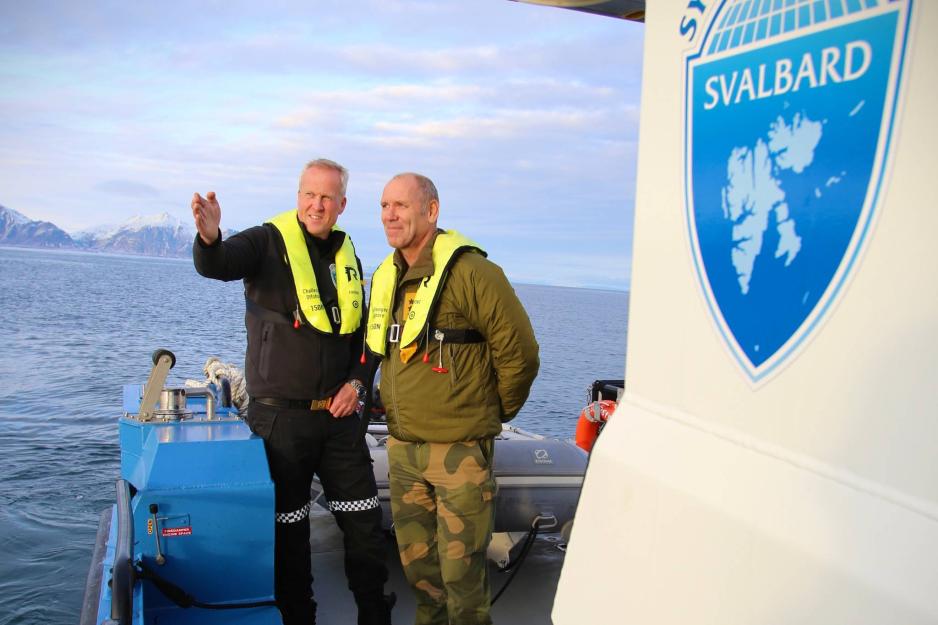
Official visit: The Governor of Svalbard, Lars Fause (to the left), says there has been a positive development in the work done since the Chief of the Norwegian Joint Headquarters, Lt. General Yngve Odlo, visited Svalbard last February. (Photo: Senior Master Sergeant Hanne Olafsen/the Norwegian Armed Forces)
After the local election this fall, Longyearbyen is now governed by the Conservative Party with the Liberal Party, which took over after the Labor Party and the Conservative Party. The new local council will handle the energy situation after the coal power plant in Longyearbyen was discontinued in October. Now, the Longyearbyen power supply is running on diesel while awaiting a renewable energy solution.
Brunvoll is now very curious about how the coming year will unfold, especially concerning the lack of housing, which is an increasing problem.
"We are actively and continually working to find solutions by challenging local and national authorities, but we see no immediate solution on the horizon. We need political will and action to solve this. But the question is what one wants," says the leader of Visit Svalbard, considering the authorities.
Unclear processes
On top of the housing shortage comes the authorities' handling of new regulatory processes for Svalbard.
In September 2021, the proposal came to revise the Svalbard Environment Act, which was established in 2002, and the regulations that follow from it. The proposal came right after the pandemic and further tightened frameworks for the business sector.
Also read (the article continues below)
The hearing deadline came and went last February without the Svalbard business sector hearing anything from the government. The matter is listed as "under processing."
In addition, a new Svalbard white paper will be presented in 2024. The contents of this is also largely unknown.
Great uncertainty
The process and the lack of information have led to great uncertainty among the tourism actors in Svalbard.
"A year and a half after the hearing deadline, we still do not know anything of what is to come! At the same time, a new white paper is in the works, and we know nothing about which direction it will take. So we are curious to see what is to come and to what extent one is looking holistically at the effects of everything introduced by new regulations. For private businesses, but also the local community in general," says Brunvoll.
Yet, the Longyearbyen business sector is prepared to handle whatever comes of new crises and challenges. They saw most of the challenges coming, although some caught them off guard.
No one was truly prepared for how high the energy bill ultimately turned out to be
"We did not expect such a large decrease in the number of guests arriving at the accommodation as we have seen, which is about 15 percent down. But the high cost of living in Norway and Europe has not just caught us off guard, but large parts of the Norwegian business sector as well," explains the tourism leader.
Energy hit
Visit Svalbard warned against the housing crisis and the problems around energy costs for a long time, so there were no surprises.
"But of course, no one was truly prepared for how high the energy bill ultimately turned out to be. And we still do not know the end result and who will have to take the biggest hit. As far as I know, the local council's proposal suggests protecting private businesses and the local population by letting larger actors bear the additional costs. I am sure that has its benefits, but for me, who works in and for the private sector, it is essential that employers and employees that do not have the state behind them are protected," says Brunvoll.
If not, he believes the consequences can negatively affect all private businesses.
"Businesses that the public and state employees are also dependant on. So, although I am not surprised, I am deeply worried."
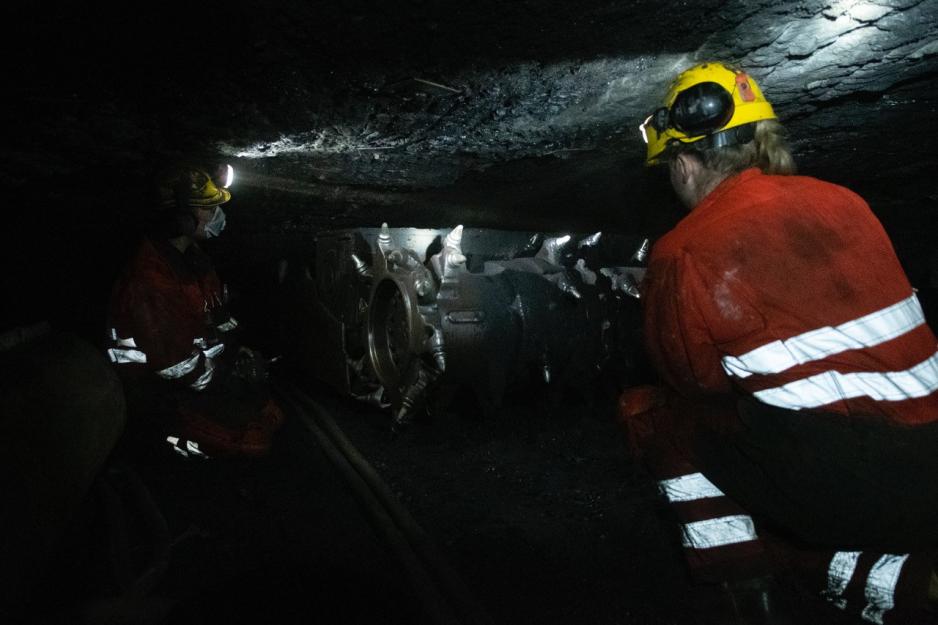
Mine 7 on Svalbard was discontinued in October. (Photo: Line Nagell Ylvisåker)
Government controlled
Has the government contributed to handling the challenges?
"Yes, how can I put it? We feel that some of the challenges are government-controlled, such as the acute housing situation. It could have been avoided if they had wanted to. But the question is, do they want to? Or is it a means of reducing activity in light of the population growth seen in Longyearbyen over the past 10 to 12 years and the signals of zero growth from the government? There will be speculation, but I – and many people with me – ask ourselves that question," says Ronny Brunvoll.
He lacks clarity on what the authorities want with Svalbard, and not least, the role of Longyearbyen and its population in the big picture.
"We feel that a lot is in flux now and that only the authorities can give us a secure foothold again. So, we are excited about what will come in the new Svalbad white paper. Is it clearer, points in a direction, and has a solid toolbox? Or will there still be a combination of perceived fog and shaky ground in the management of Svalbard and Longyearbyen? We are curious to see!"
Awaiting the white paper
Brunvoll still wants to paint a nuanced picture because it is not the case that the government is not contributing to the Arctic island. Among other things, with significant funds for avalanche protection and new money to mitigate the energy cost shock of 2023.
"But not for next year, as of today," informs Brunvoll.
Also read
"We have many visits from central authorities throughout the year, and we just have to trust them that there will be investment in Svalbard and Longyearbyen in the future as well. But what, how, and for whom, those are the big questions. We register that public activity is increasing and apparently displacing private activity. Is that where we want to go?" asks Brunvoll.
Now, the business sector is anxiously waiting for the white paper to see what answers can be found there.
Crisis management
One crisis has overtaken the other in recent years. What is your view of the future?
"I work in tourism, the first and foremost joyful industry up here. So, I am committed to being an optimist. But not only that, I choose to believe that in the end, we have the overview we need and that Svalbard will be managed holistically within the goals and framework the nation has for the archipelago," says a still hopeful tourism leader.
He also hopes that it does not take so long to get there, that solid private businesses give up, and that Svalbard's extreme cutting-edge expertise chooses to move away.
The ability to face it together over time is extremely valuable.
"It would be a shame if the wonderful things built, not least within tourism, were more or less unintentionally set back decades. If I were to wish for something for Christmas and 2024, it would be greater recognition and acceptance of the role of private business in the local community, thereby also in Norway's management of Svalbard. We would like to be a partner if we may."
Facing the climate crisis
Finally, How will you face the climate crisis?
"We have a lot left undone in this area, but also a lot going on. And 2023 was a landmark year in that respect. In 2024, we will start delivering by making guests stay longer when they first fly up, through compensation of flights with the purchase of biofuel by us who live here and those who visit us, and through climate labeling of activities and experiences, making guests able to make conscious climate choices. This is ground-breaking," says Ronny Brunvoll.
He, after all, has strong faith in society and business in Longyearbyen and believes that they will withstand.
He believes that the attractiveness of Svalbard has remained through both the pandemic, unrest, and high cost of living and that it will also overcome the changes that the demanding climate change brings with it.
He hopes the economic situation in Norway and the market will stabilize so traffic will gradually resume.
And he hopes that the flight offer to Longyearbyen will be sufficient, although he believes the prices will remain persistently high.
And he believes in local tourism's "extreme ability to collaborate."
"The ability to face it together over time is extremely valuable. We are looking forward to the continuation!"



